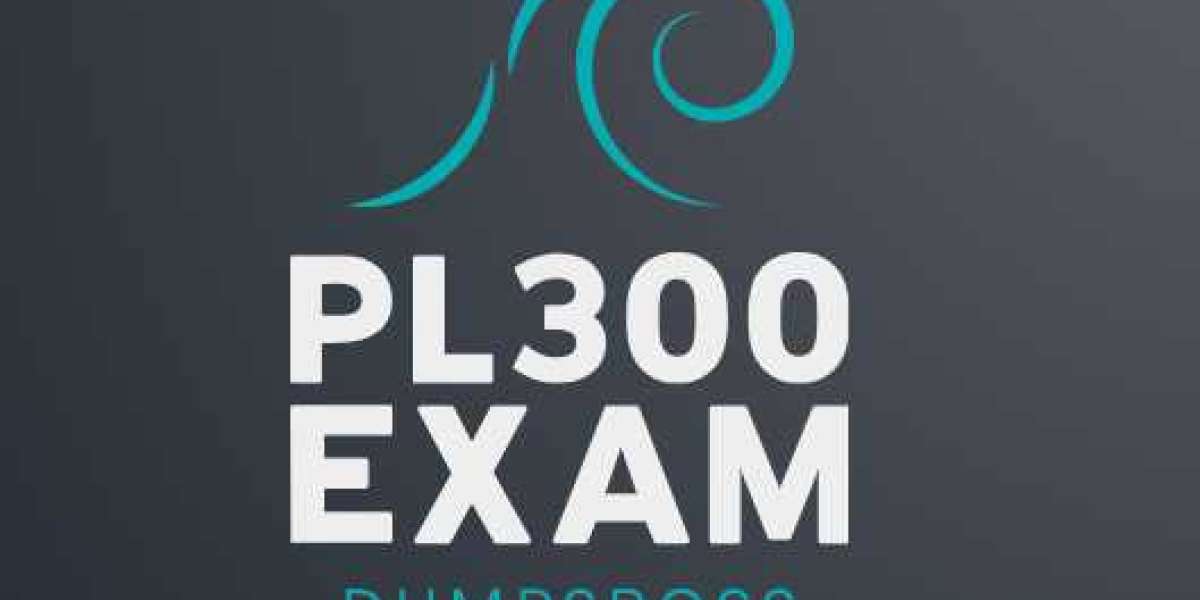Introduction:
Report writing for nurses are fundamental components of the healthcare system, serving as essential tools for communication, collaboration, and the seamless provision of patient-centered care. These reports are meticulously crafted documents that encapsulate a wealth of information related to a patient's health status, care plans, and ongoing treatments. Understanding the main parts of nursing reports is crucial for healthcare professionals to ensure continuity of care, facilitate effective communication, and contribute to positive patient outcomes.
1. Patient Identification and Demographics:
- The foundation of any nursing report is accurate patient identification and demographic information. This section includes the patient's name, date of birth, medical record number, and other pertinent details that ensure the right care is delivered to the right individual.
2. Chief Complaint or Reason for Admission:
- A concise and clear articulation of the patient's chief complaint or the reason for admission is crucial. This section provides context for the healthcare team, allowing them to understand the primary focus of the patient's care and tailor interventions accordingly.
3. Medical History and Background:
- Providing a comprehensive overview of the patient's medical history is vital for understanding their overall health status. This includes details about chronic conditions, past surgeries, known allergies, and any relevant family medical history that might impact current care decisions.
4. Current Medications:
- An exhaustive list of the patient's current medications, including dosages and administration schedules, is a critical part of nursing reports. This information ensures that healthcare providers are aware of any potential drug interactions, contraindications, or adjustments needed in the care plan.
5. Vital Signs and Assessment Data:
- This section comprises real-time data such as vital signs (temperature, pulse, respiration rate, blood pressure), assessments of pain, and other relevant physical and psychological assessments. Regular updates ensure that the healthcare team is informed about the patient's current condition and any changes that may require attention.
6. Nursing Interventions and Care Plan:
- Detailing the nursing interventions and care plan is central to the nursing report. This includes specifics about medications administered, treatments performed, and any modifications made to the care plan based on the patient's response or changing health status.
7. Patient Response and Progress:
- Nurses document the patient's response to interventions and track their overall progress. This section may include subjective observations from the patient, as well as objective data such as improvements or deterioration in physical and emotional well-being.
8. Collaboration with Other Healthcare Professionals:
- Nursing reports often contain information about collaboration with other healthcare professionals, including physicians, therapists, and specialists. This ensures that the care team is well-informed about multidisciplinary approaches to patient care.
9. Patient and Family Education:
- Documenting education provided to the patient and their family is crucial for promoting health literacy and empowering individuals to actively participate in their care. This may include information about medications, self-care practices, and lifestyle modifications.
10. Any Incidents or Changes in Condition:
- Nurses meticulously document any incidents or changes in the patient's condition, ranging from falls and medication errors to unexpected complications. This information is critical for quality improvement initiatives, risk management, and the prevention of similar incidents in the future.
Conclusion:
Main parts of report of nursing reports are dynamic documents that encapsulate the holistic care provided to patients. Each section plays a unique role in painting a comprehensive picture of the patient's health journey, facilitating communication among healthcare professionals, and ensuring that patient care is delivered with accuracy, compassion, and a commitment to positive outcomes. As healthcare continues to evolve, the effective utilization of nursing reports remains integral to the provision of safe, patient-centered, and high-quality care.








